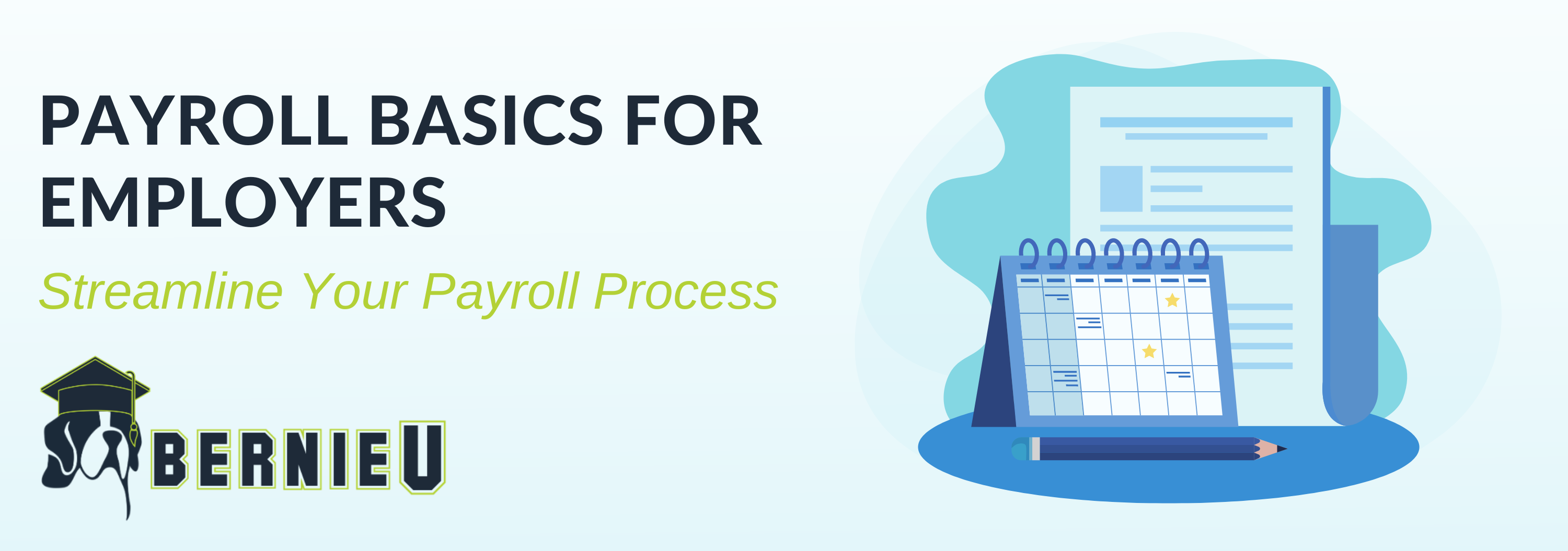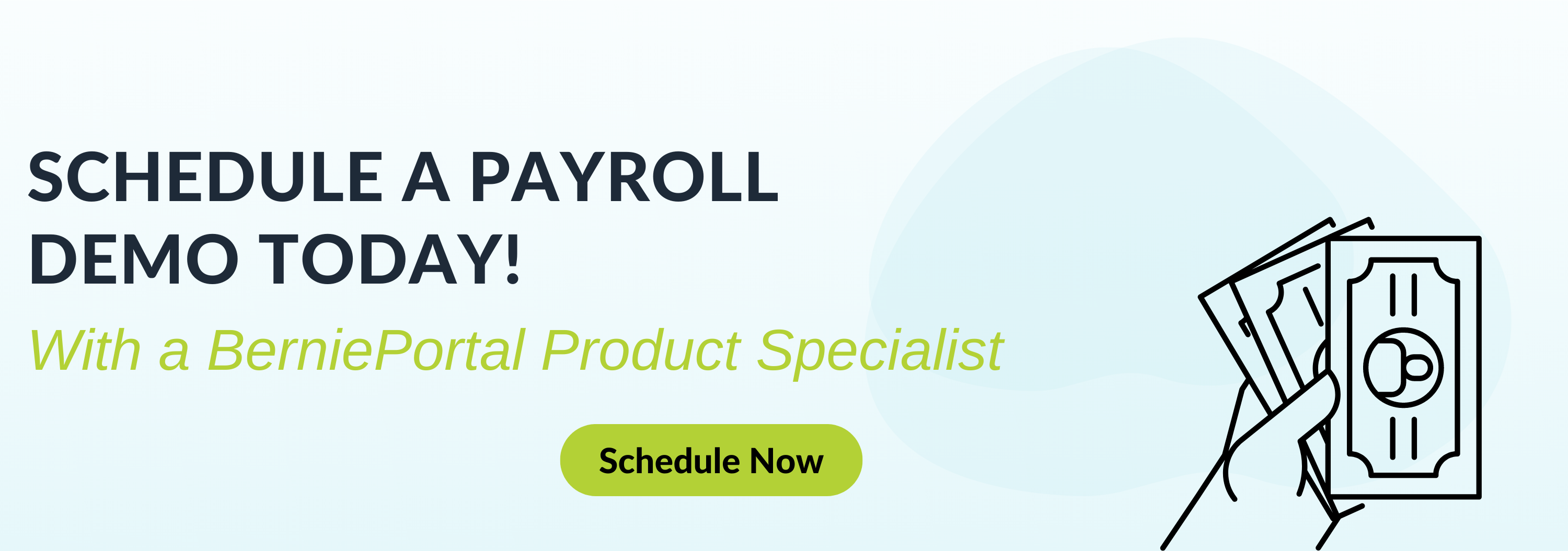
Written by
Sara Loomis
Sara is an aPHR-certified writer on the marketing team at BerniePortal. She writes about HR, healthcare, and benefits.
When Is the Best Time to Switch Payroll Providers?

For small to midsize businesses, payroll can be not only the biggest part of the budget, but also a daunting responsibility for HR. Staying compliant while keeping track of changing employment laws often feels like a juggling act.
Ideally, an organization’s HRIS makes running payroll easier. But if dealing with the software is more trouble than it’s worth, it may be time to consider a change in payroll providers.
Read on for telltale signs it’s time to pick a new payroll software—and when is the best time to switch payroll providers.
3 Signs It’s Time for a New Payroll Provider
Efficient and error-free payroll is a necessity for a thriving organization, and if your provider isn’t making that part of your job easier, you might consider changing payroll systems. Here are the top three signs it’s time to switch:
- Too much time. There are so many moving pieces to payroll—from time, PTO, and benefits deductions, to new hire information, direct deposits, and reimbursements. Hours and gross pay can vary based on whether an employee is exempt or non-exempt, and calculating all these rates manually—with overtime, bonuses, commissions, and tips—can eat away a lot of your work week. Once gross pay is calculated, you still have to deduct benefits and withhold taxes. If your payroll provider can’t take care of most of these steps, you may be spending many hours every pay period just running payroll.
- Too many errors. More manual data entry also increases the chance of error. If your provider isn’t a truly all-in-one system, you’ll risk costly mistakes at every step of the way. Plus, if you’re using an integration to move data between systems—for example, from benefits deductions into payroll—each transaction increases the likelihood of a failed payroll run.
- Too hard to use. Beware software with little or no self-service options for employees. If your team has to maneuver through an outdated and confusing system to find basic payroll information, such as pay stubs, employees will come to you constantly when they can’t figure out how to use the software. That defeats the purpose of automating payroll in the first place.
If these signs are visible at your organization, it is likely best to consider a new software provider to run your payroll.
The Best Time to Change Payroll Providers
Your organization can change its payroll system at any time, but it’s best to make the transition to a new payroll provider at the end of a calendar year. That’s because when you file taxes for a given tax year, the IRS needs the entire year’s payroll history, regardless of what system it’s on, for your employees’ W-2s.
Switching at the top of a year saves the trouble of pulling that year-to-date payroll history into your new software—though it’s still possible to do so if your organization wants to. If you don’t have to bother with gathering employee tax returns, the process will be faster and, depending on your software provider, you’ll likely avoid a fee associated with consolidating the data.
Can You Switch Payroll Providers Mid-Year?
Switching mid-year is possible, but it can be more challenging. You’ll have to import payroll history, including Form 941, state income tax withholdings, and unemployment insurance. You may have to either give your new provider login access to your old system or, if you don’t want to share that information, provide reporting with payroll data for each employee, which is much more time-consuming.
But if January 1 isn’t an option—or if you just don’t want to wait that long—the next best time to switch payroll providers is at the end of any quarter. If you start running payroll through your new system on April 1, July 1, or October 1, you’ll simplify some of the paperwork and have the opportunity to run parallel payroll for a few cycles to make sure all employee withholdings and deductions are coming through correctly.
For more information on all things payroll, check out our free BernieU course Payroll Basics for Employers, which is pre-approved for SHRM and HRCI recertification credits.
Additional Resources
You can stay informed, educated, and up-to-date with important HR topics using BerniePortal’s comprehensive resources:
- BerniePortal Blog—a one-stop shop for HR industry news
- HR Glossary—featuring the most common HR terms, acronyms, and compliance
- HR Guides—essential pillars, covering an extensive list of comprehensive HR topics
- BernieU—free online HR courses, approved for SHRM and HRCI recertification credit
- HR Party of One—our popular YouTube series and podcast, covering emerging HR trends and enduring HR topics

Written by
Sara Loomis
Sara is an aPHR-certified writer on the marketing team at BerniePortal. She writes about HR, healthcare, and benefits.
Related Posts
We just wrapped up another phenomenal Weekdays with Bernie (WWB) Conference!
Employees are the heart and soul of an organization, and valuing their opinions can have...
HR parties of one already have an abundance of tasks to keep up with. From hiring to...
The talent search is no longer a skirmish or a battle. It’s a WAR! As a strategic HR...








Submit a Comment